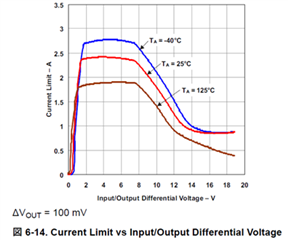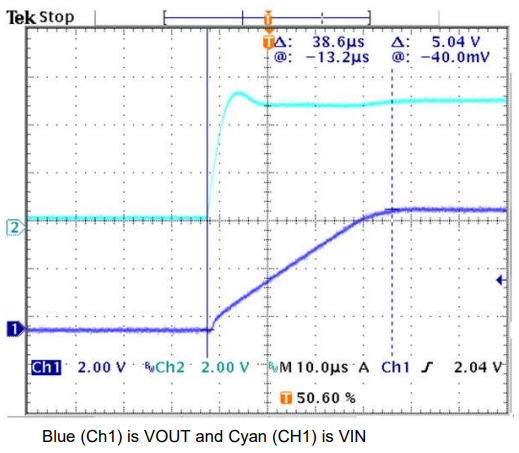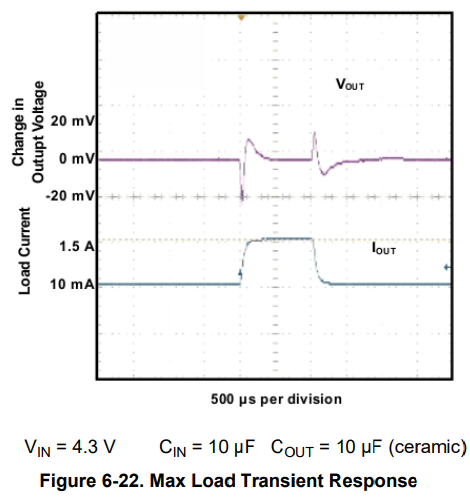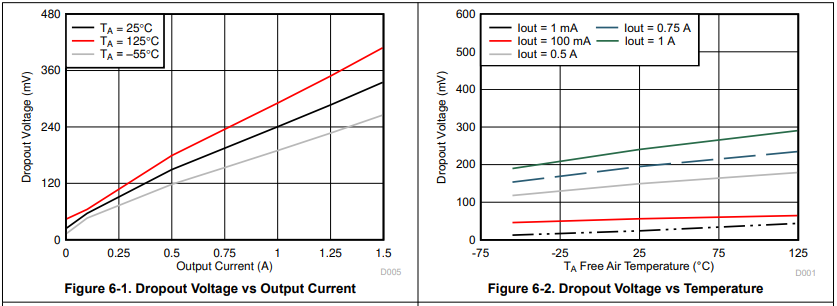Other Parts Discussed in Thread: TPS73801-SEP,
Tool/software:
Hello,
My customer was considering TPS73801-SEP for their design. Their requirements are as follows.
Vout = 0.7V to 3.3V
Iout = <1A
Vin – Vout = <0.5V
Ta = -45oC to +85oC
Looking at Figure 6.4 of the TPS73801-SEP datasheet, they are concerned if they could really use TPS73801-SEP at Vin – Vout < 0.5V without triggering the current limit. 
So they also started considering TPS7H1111-SEP instead. However, the TPS7H1111-SEP datasheet does not have plots like the Figure 6.4 of the TPS73801-SEP datasheet. Does TI have plots for Current Limit vs Input/Output Differential Voltage depending on temperature for TPS7H1111-SEP?
Best regards,
K.Hirano










